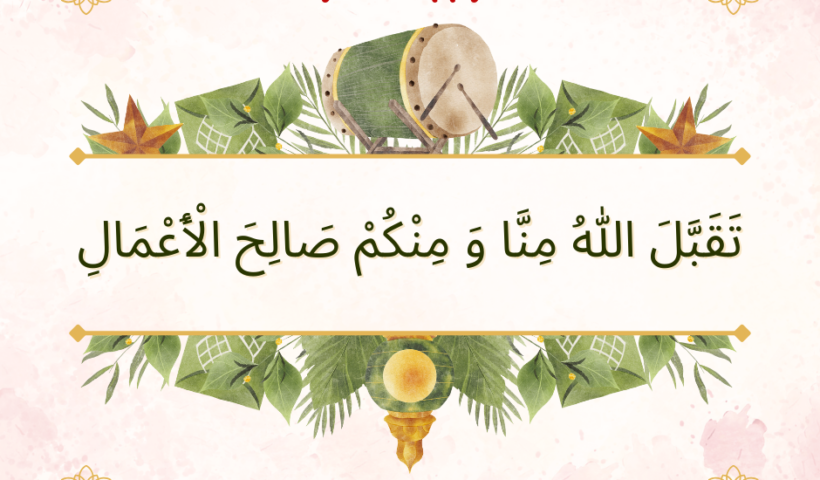Trump’s Proposal for Gaza President Donald Trump’s proposal for Gaza, announced on September 29, 2025, during a joint press conference with Israeli Prime Minister Benjamin…
Click Here For Reading President Donald Trump’s proposal for GazaCategory: Popular
“XChat by Elon Musk: Features, Security Risks, and Can It Replace WhatsApp?”
XChat by Elon Musk: The Ambitious “Everything App” Challenging the Status Quo
Click Here For Reading “XChat by Elon Musk: Features, Security Risks, and Can It Replace WhatsApp?”Prophet Muhammad (PBUH) and His Timeless Teaching Methods
Prophet Muhammad (PBUH) and His Timeless Teaching Methods
Click Here For Reading Prophet Muhammad (PBUH) and His Timeless Teaching MethodsWhat is PERMA || Exploring Authentic Happiness: A Journey into Positive Psychology
Exploring the Book “Authentic Happiness” and Understanding Well-Being and Positive Psychology Introduction to the Book and Author “#Authentic #Happiness” is a groundbreaking book written by…
Click Here For Reading What is PERMA || Exploring Authentic Happiness: A Journey into Positive PsychologyA Guide about Eid Ul Fitr and How is Eid Celebrated in Different Cultures?
Eid Ul Fitr is one of the most significant festivals in Islam, marking the end of Ramadan, the holy month of fasting. It is a day…
Click Here For Reading A Guide about Eid Ul Fitr and How is Eid Celebrated in Different Cultures?Surat No. 112 | Learn How to Recite Surat Al Ikhlas | Introduction to Surat Al Ikhlas
سورۃ الاخلاص #SuratAlikhlas سورۃ الاخلاص قرآن مجید کی 112ویں سورت ہے، جو صرف چار آیات پر مشتمل ہے۔ اس سورت کو “اخلاص” کہا جاتا ہے…
Click Here For Reading Surat No. 112 | Learn How to Recite Surat Al Ikhlas | Introduction to Surat Al IkhlasIntroduction, Themes of Surahs 91 to 110 of The Holy Quran, and the Greatness of Laylat Al-Qadr
Introduction and Themes of Surahs 91 to 110 of the Holy Quran Surah Ash-Shams (91) Introduction: Surah Ash-Shams is a Makki Surah and it has 15…
Click Here For Reading Introduction, Themes of Surahs 91 to 110 of The Holy Quran, and the Greatness of Laylat Al-QadrQuran Learning || Introduction and Themes of Surahs 81 to 90 of the Holy Quran
Introduction and Themes of Surahs 81 to 90 of the Holy Quran Surah At-Takwir (81)Introduction: Surah At-Takwir is a Makki Surah and it has 29 Ayahs.Themes:…
Click Here For Reading Quran Learning || Introduction and Themes of Surahs 81 to 90 of the Holy QuranQuran Learning || Introduction and Themes of Surahs 71 to 80 of the Holy Quran
#Qruan #Learning || Introduction and Themes of Surahs 71 to 80 of the Holy Quran Surah Number: 71Full Name: Surah NuhMakki or Madani: MakkiNumber of Ayahs: 28Introduction: This Surah…
Click Here For Reading Quran Learning || Introduction and Themes of Surahs 71 to 80 of the Holy QuranIntroduction and list of topics for Surahs 61 to 70 of the Quran
#Introduction and list of topics for Surahs 61 to 70 of the Quran: Surah As-Saff (Madani): Surah Number: 61 Topic: The virtue of Jihad in the way…
Click Here For Reading Introduction and list of topics for Surahs 61 to 70 of the Quran









